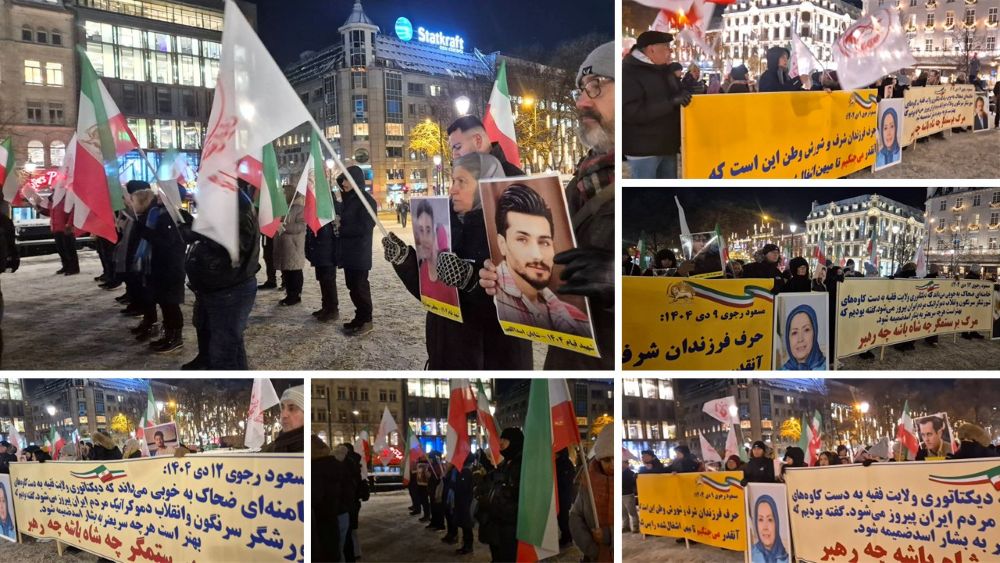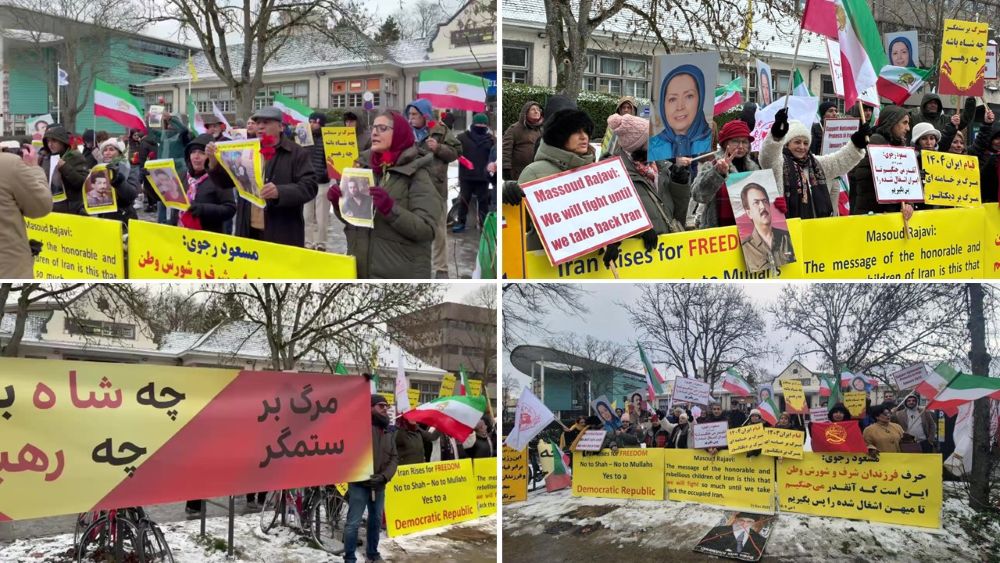Iran protests: Regime’s oppressive measures in fifth day of anti-regime protests
For the past five days, repressive forces of the Iranian regime have been carrying out criminal actions against demonstrators in Iran protests to prevent further uprising.
According to reports, the number of martyrs in the overall Iran protests has reached more than 200 and the number of wounded has reached more than 3,000.
Some of the actions taken by the regime’s authorities against the demonstrators in Iran protests are as follows:
Oppressive forces of the Iranian regime fired at people from behind in Iran protests.
Basij forces are shooting demonstrators in the head and chest
Reports from one of Tehran’s hospitals indicate that most of the martyrs of Iran protests were shot from behind by criminal Revolutionary Guards.
In Shiraz, the Revolutionary Guards attacked Namazi Hospital and took the bodies of the martyrs and wounded.
In addition to killing people in the streets, the regime’s forces fire tear gas into people’s homes
Disturbing video from #Iran yesterday, showing security forces firing at windows of homes and firing tear gas into courtyards of buildings. Crackdown is in full swing. #IranProtests pic.twitter.com/LOPz7pfo8i
— Jason Brodsky (@JasonMBrodsky) November 18, 2019
They also used helicopters to shoot people in Shiraz. According to eyewitnesses, nearly 20 people were killed in Shiraz by helicopters.
According to witnesses, they attacked people’s homes in various areas and forcibly enter their homes.
To prevent news of the Iran protests from reaching the world and open the way for a massive crackdown, the regime cut off internet access on Saturday night. The internet blockade continued throughout Sunday as well.
On Sunday night, NetBlocks, an organization that tracks internet access across the world declared that the Iranian regime had imposed a “near-total internet shutdown” after protests erupted over fuel prices. According to the organization’s website, national connectivity reached 5 percent of ordinary levels. “The ongoing disruption constitutes a severe violation of the basic rights and liberties of Iranians,” NetBlocks declared on its Twitter account.
According to NetBlocks, every day of internet blackout in Iran will cause nearly $370 million in damages to the country.
background of antigovernment protests in Iran
Iran, November 19, 2019—. On Friday 14 November, Iranian regime declared that the price of gasoline would increase by 50 percent on subsidized fuel and 300 percent on all other purchases. Immediately after the decision was declared, thousands of people poured into the streets to protests the fuel price hikes and the Iran protests started. The protests quickly transformed into widespread anti-regime protests, calling for the ouster of the ruling mullahs and their leader, Ali Khamenei.
On Monday, internet access across Iran reached an all-time low as protests triggered by gas price hikes continue to rage in more than 110 cities across the country
In many areas, protesters burned down government buildings, banks and police stations, symbols of the corruption and suppression of the Iranian regime.
Mrs. Maryam Rajavi, the President-elect of the National Council of Resistance of Iran said on Monday:
“In the past four days, the people of Iran have risen up to free Iran from the occupation of corrupt and criminal mullahs.”
“This is an uprising to end 40 years of dictatorship and terrorism in Iran. The game of reformists versus hardliners is over. People of Iran want the overthrow of the entire religious dictatorship. The regime of Velayat-e Faqih has reached the end of the line” she added.
“I call on everyone, to support the
protesters.
This is the only way to get rid of this regime which has brought nothing
to Iran but plunder and corruption.”
Mrs. Maryam Rajavi called on international community: “The UN Security Council must strongly condemn and punish the clerical regime for killing defenseless people.
The international community must recognize the right of the people of Iran for regime change and the establishment of democracy and people’s sovereignty.
I urge formation of an international mission to investigate the deaths, injury and arrests of Iran protests.”



